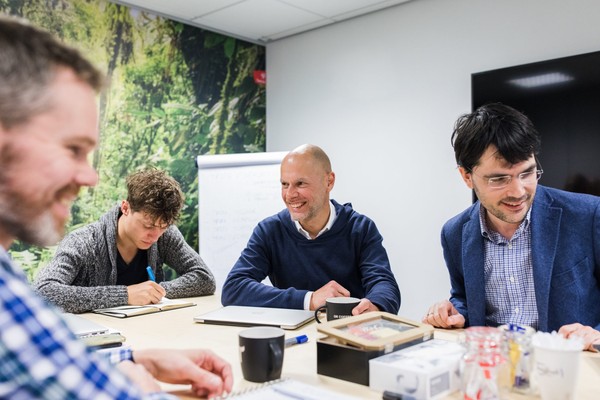Develop smart monitoring for museum storage climate
Museum storage facilities house various types of artworks, from paintings to sculptures and other art forms. Climate conditions vary across different locations, as do the specific requirements.

Founded in 2008, Art Salvage aims to sustainably preserve art and cultural heritage and has been part of the European Conservation Group since 2019. As a leader in collection management risk prevention, Art Salvage provides services such as security systems for art and heritage objects, art transport and installation, and preventive conservation. Art Salvage also offers tailored training programmes.
Problem description
Sensors are playing an increasingly important role in monitoring the environmental climate of museum storage facilities. Energy efficiency is also becoming a key area of focus. In recent years, many incidents have affected museums and archives, partly due to climate change, fluctuating groundwater levels, and rising energy costs. At the same time, regulations under the Archive Act and guidelines from the Dutch Cultural Heritage Agency (RCE) have been broadened.
This offers opportunities for energy savings but comes with a downside—it requires significant human resources to monitor effectively. Limited staffing has become the weakest link, as monitoring is often neglected due to time constraints or the absence of proper data flows for timely intervention.
Current storage facilities could be made significantly smarter. Underground locations with minimal insulation no longer seem fit for the future.
Assignment description
How can smart monitoring, data flow management, and the use of artificial intelligence support museum storage facilities and elevate their management to a higher level—both in regulating climate conditions and achieving energy savings?
Profile
We are looking for a student researcher (from Saxion or UT) with strong knowledge of sensor technology and monitoring techniques for climate control. Additionally, they should have a passion for innovative applications of sustainable technology and a creative mindset for developing and designing future management systems.






